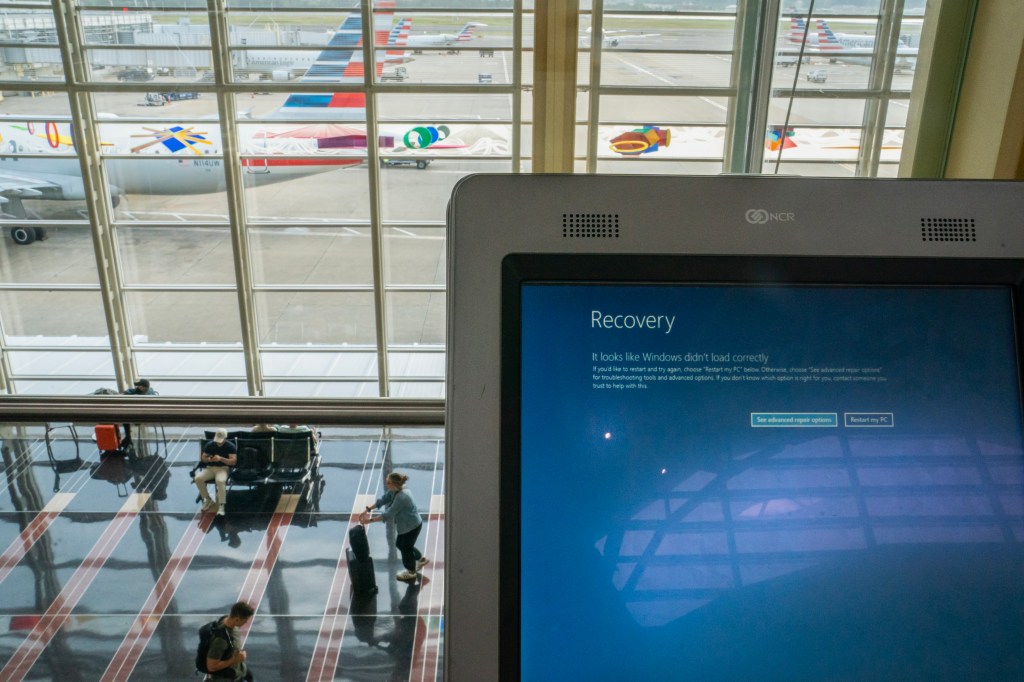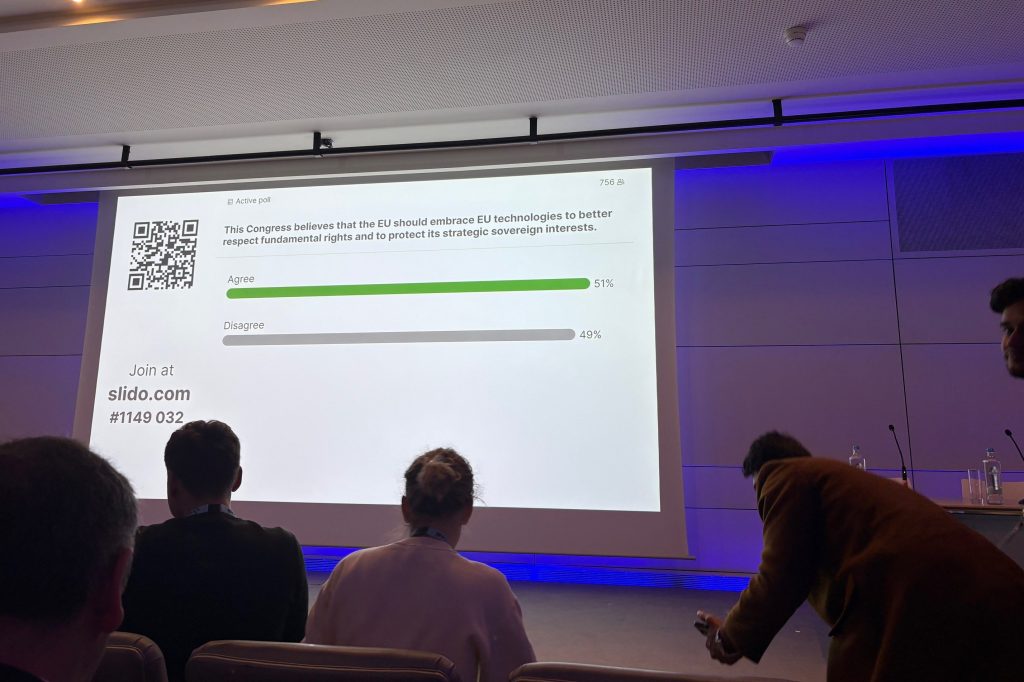UK insurance companies are being warned to make sure they’re resilient enough to weather the effects of the Covid-19 pandemic and rising inflation.
In a letter to CEOs, the Prudential Regulation Authority (PRA) says that risk and resilience are its top two priorities for 2022 – and it expects
The letter,
Register for free to keep reading.
To continue reading this article and unlock full access to GRIP, register now. You’ll enjoy free access to all content until our subscription service launches in early 2026.
- Unlimited access to industry insights
- Stay on top of key rules and regulatory changes with our Rules Navigator
- Ad-free experience with no distractions
- Regular podcasts from trusted external experts
- Fresh compliance and regulatory content every day

















